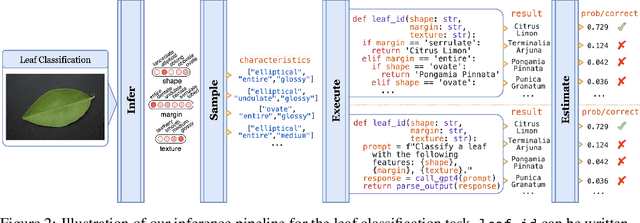Seewon Choi
Stable Prediction of Adverse Events in Medical Time-Series Data
Oct 16, 2025Abstract:Early event prediction (EEP) systems continuously estimate a patient's imminent risk to support clinical decision-making. For bedside trust, risk trajectories must be accurate and temporally stable, shifting only with new, relevant evidence. However, current benchmarks (a) ignore stability of risk scores and (b) evaluate mainly on tabular inputs, leaving trajectory behavior untested. To address this gap, we introduce CAREBench, an EEP benchmark that evaluates deployability using multi-modal inputs-tabular EHR, ECG waveforms, and clinical text-and assesses temporal stability alongside predictive accuracy. We propose a stability metric that quantifies short-term variability in per-patient risk and penalizes abrupt oscillations based on local-Lipschitz constants. CAREBench spans six prediction tasks such as sepsis onset and compares classical learners, deep sequence models, and zero-shot LLMs. Across tasks, existing methods, especially LLMs, struggle to jointly optimize accuracy and stability, with notably poor recall at high-precision operating points. These results highlight the need for models that produce evidence-aligned, stable trajectories to earn clinician trust in continuous monitoring settings. (Code: https://github.com/SeewonChoi/CAREBench.)
CTSketch: Compositional Tensor Sketching for Scalable Neurosymbolic Learning
Mar 31, 2025Abstract:Many computational tasks benefit from being formulated as the composition of neural networks followed by a discrete symbolic program. The goal of neurosymbolic learning is to train the neural networks using only end-to-end input-output labels of the composite. We introduce CTSketch, a novel, scalable neurosymbolic learning algorithm. CTSketch uses two techniques to improve the scalability of neurosymbolic inference: decompose the symbolic program into sub-programs and summarize each sub-program with a sketched tensor. This strategy allows us to approximate the output distribution of the program with simple tensor operations over the input distributions and summaries. We provide theoretical insight into the maximum error of the approximation. Furthermore, we evaluate CTSketch on many benchmarks from the neurosymbolic literature, including some designed for evaluating scalability. Our results show that CTSketch pushes neurosymbolic learning to new scales that have previously been unattainable by obtaining high accuracy on tasks involving over one thousand inputs.
Data-Efficient Learning with Neural Programs
Jun 10, 2024



Abstract:Many computational tasks can be naturally expressed as a composition of a DNN followed by a program written in a traditional programming language or an API call to an LLM. We call such composites "neural programs" and focus on the problem of learning the DNN parameters when the training data consist of end-to-end input-output labels for the composite. When the program is written in a differentiable logic programming language, techniques from neurosymbolic learning are applicable, but in general, the learning for neural programs requires estimating the gradients of black-box components. We present an algorithm for learning neural programs, called ISED, that only relies on input-output samples of black-box components. For evaluation, we introduce new benchmarks that involve calls to modern LLMs such as GPT-4 and also consider benchmarks from the neurosymolic learning literature. Our evaluation shows that for the latter benchmarks, ISED has comparable performance to state-of-the-art neurosymbolic frameworks. For the former, we use adaptations of prior work on gradient approximations of black-box components as a baseline, and show that ISED achieves comparable accuracy but in a more data- and sample-efficient manner.
 Add to Chrome
Add to Chrome Add to Firefox
Add to Firefox Add to Edge
Add to Edge